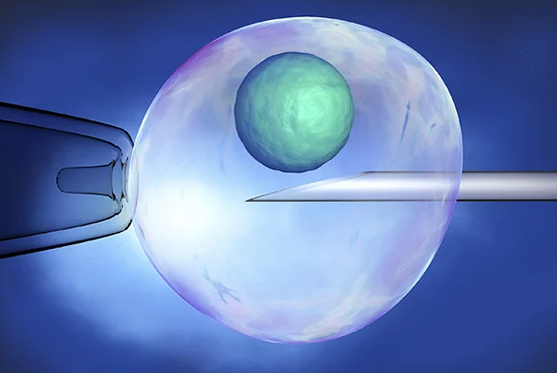
Laser Assisted Hatching (LAH) is an advanced IVF technique that helps improve embryo implantation rates. In this procedure, a precise laser is used to thin or create a small opening in the outer shell (zona pellucida) of the embryo. This makes it easier for the embryo to hatch naturally and attach to the uterine lining, increasing the chances of a successful pregnancy.
This minimally invasive technique helps improve the chances of implantation in selected cases.
The use of computer-controlled lasers ensures precision, safety, and efficiency, making Laser Assisted Hatching a reliable option for patients with specific fertility challenges.